10 Best Herbal Creams For Athlete'S Foot

Herbal creams for athlete's foot are natural alternatives to conventional antifungal treatments, often containing ingredients like tea tree oil, garlic, and lavender.
These remedies are appealing due to their mild formulation and fewer side effects compared to synthetic antifungal drugs. While they may not be as potent as prescription treatments, they can effectively alleviate symptoms and prevent mild infections. Many herbal creams also have soothing properties that help reduce itching and inflammation.
However, it's important to consult a healthcare professional to determine if herbal treatments are suitable for a specific case of athlete's foot.
FREE Herb Drying Checklist
How to make sure every batch retains maximum flavor, color, and aroma without the risk of mold or over-drying. Eliminate guesswork and trial-and-error, making herb drying faster, easier, and more efficient every time.
Table of Contents
1. Zingiber officinale
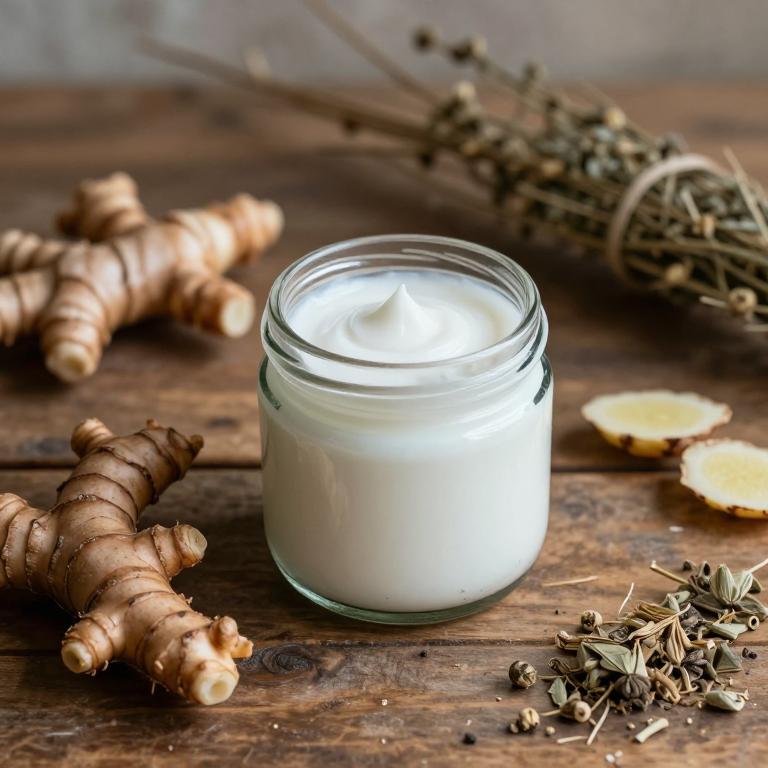
Zingiber officinale, commonly known as ginger, has been traditionally used for its anti-inflammatory and antimicrobial properties, making it a potential ingredient in herbal creams for athlete's foot.
These creams often incorporate ginger extract to help reduce fungal growth and soothe the itching and redness associated with the condition. The active compounds in ginger, such as gingerol and shogaol, may inhibit the growth of fungi like Trichophyton, which are responsible for athlete's foot. While some studies suggest that ginger-based treatments can be effective, more clinical research is needed to confirm their efficacy compared to conventional antifungal medications.
As a natural alternative, zingiber officinale herbal creams may appeal to individuals seeking non-chemical solutions for fungal infections.
2. Cymbopogon citratus
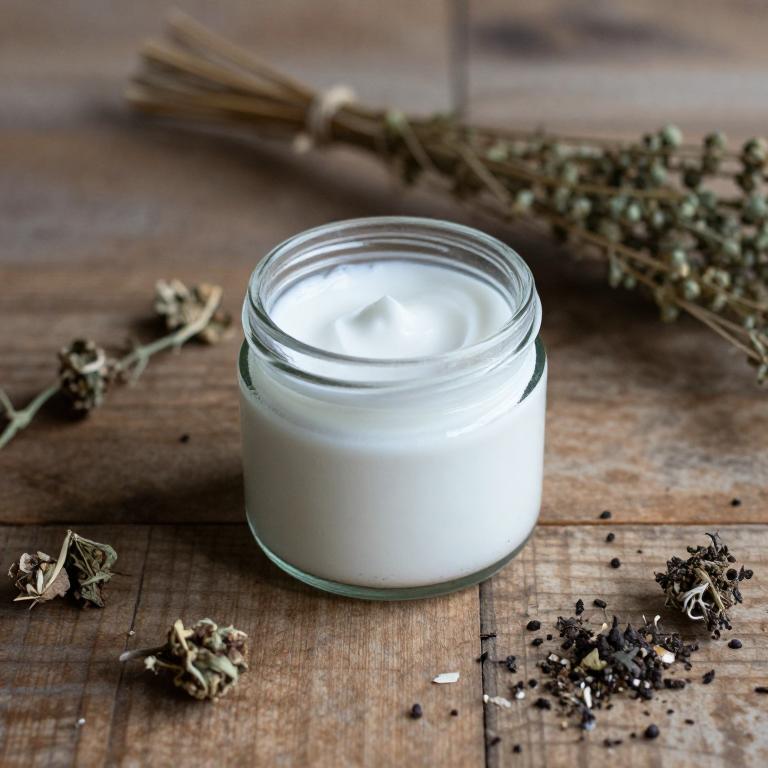
Cymbopogon citratus, commonly known as lemon grass, is a natural herb that has been used for its antimicrobial and anti-inflammatory properties.
Herbal creams containing Cymbopogon citratus are increasingly being used to treat athlete's foot due to their ability to combat fungal infections. These creams often include essential oils extracted from lemon grass, which help to soothe the skin and reduce itching and redness associated with the condition. The natural ingredients in these creams are generally less harsh than synthetic antifungal treatments, making them a popular choice for those seeking alternative remedies.
However, it is important to consult a healthcare professional before using any herbal treatment to ensure it is safe and effective for individual cases.
3. Teucrium polium
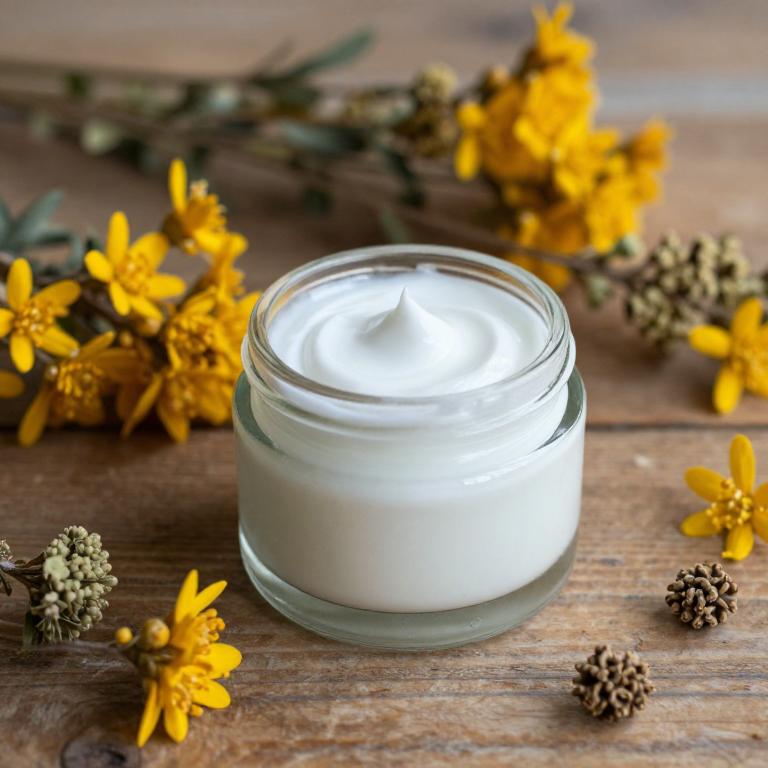
Teucrium polium, commonly known as summer sweet or caraway, has been traditionally used in herbal medicine for its antifungal and anti-inflammatory properties.
Herbal creams containing Teucrium polium extract are gaining popularity as natural remedies for athlete's foot, a fungal infection that affects the feet. These creams work by inhibiting the growth of fungi such as Trichophyton species, which are the primary causes of athlete's foot. The essential oils and bioactive compounds in Teucrium polium help to soothe the skin and reduce symptoms like itching and redness.
While more scientific research is needed, many users report improved symptoms and faster healing when using these herbal creams as part of a holistic treatment approach.
4. Thymus vulgaris
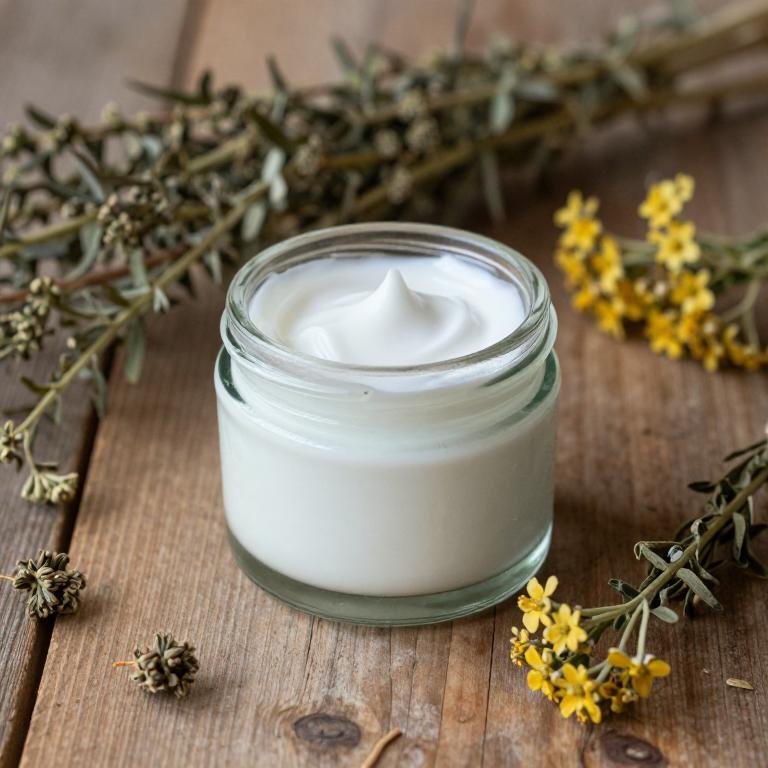
Thymus vulgaris, commonly known as thyme, is a herbal ingredient often used in natural remedies for its antimicrobial and anti-inflammatory properties.
Thymus vulgaris herbal creams are formulated to target fungal infections like athlete's foot by inhibiting the growth of dermatophytes, the fungi responsible for the condition. These creams may offer a gentler alternative to conventional antifungal treatments, which can sometimes cause skin irritation or systemic side effects. The essential oils in thyme, such as thymol, contribute to the cream's effectiveness by disrupting the fungal cell membrane.
However, it is important to consult a healthcare professional before using herbal treatments, especially if the infection persists or worsens.
5. Eucalyptus globulus
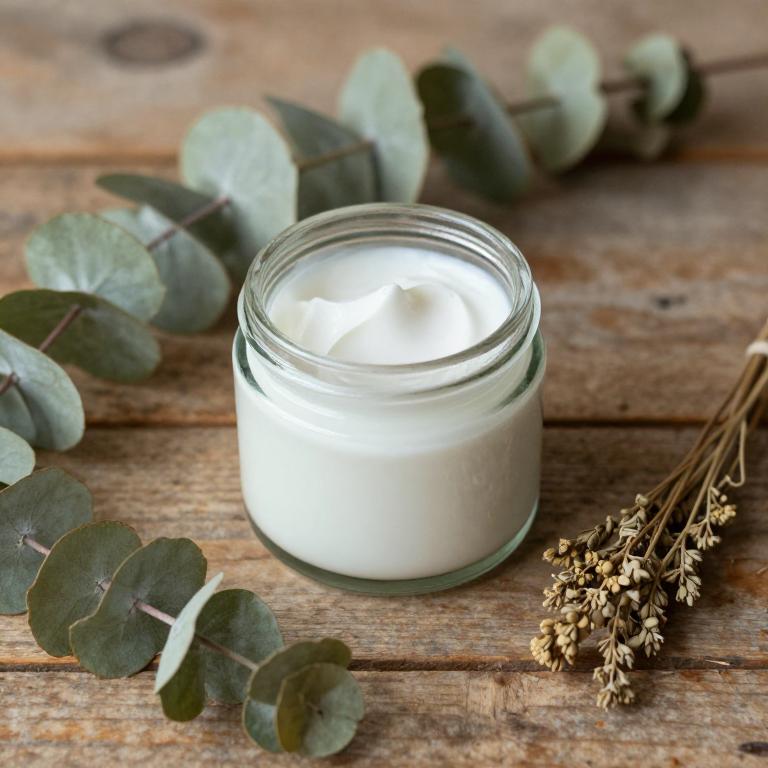
Eucalyptus globulus, commonly known as eucalyptus oil, is often used in herbal creams for its antifungal and anti-inflammatory properties.
These creams are popular natural remedies for athlete's foot, a fungal infection that causes itching, burning, and cracked skin between the toes. The essential oils in eucalyptus globulus help to inhibit the growth of fungi, such as Trichophyton, which are responsible for the infection. When applied topically, these creams can provide relief from symptoms and promote healing without the side effects associated with some conventional antifungal medications.
However, it is important to consult a healthcare professional before using herbal remedies, especially if the infection persists or worsens.
6. Satureja hortensis
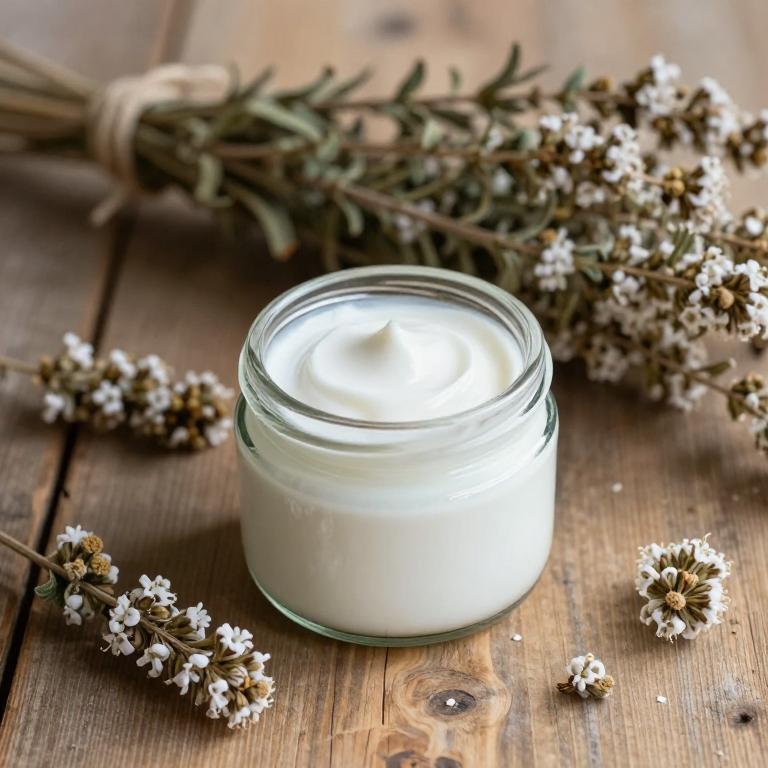
Satureja hortensis, commonly known as summer savory, is a herbal remedy that has been traditionally used for its antifungal and anti-inflammatory properties.
When incorporated into herbal creams, it can provide a natural alternative for treating athlete's foot, a fungal infection that often affects the feet. The essential oils in satureja hortensis help to inhibit the growth of fungi, reducing symptoms such as itching, burning, and scaling. These creams are typically made with a base of coconut oil or shea butter, enhancing their moisturizing and soothing effects.
While they may not replace conventional antifungal treatments, satureja hortensis herbal creams offer a gentle, plant-based option for those seeking holistic care for athlete's foot.
7. Cinnamomum zeylanicum
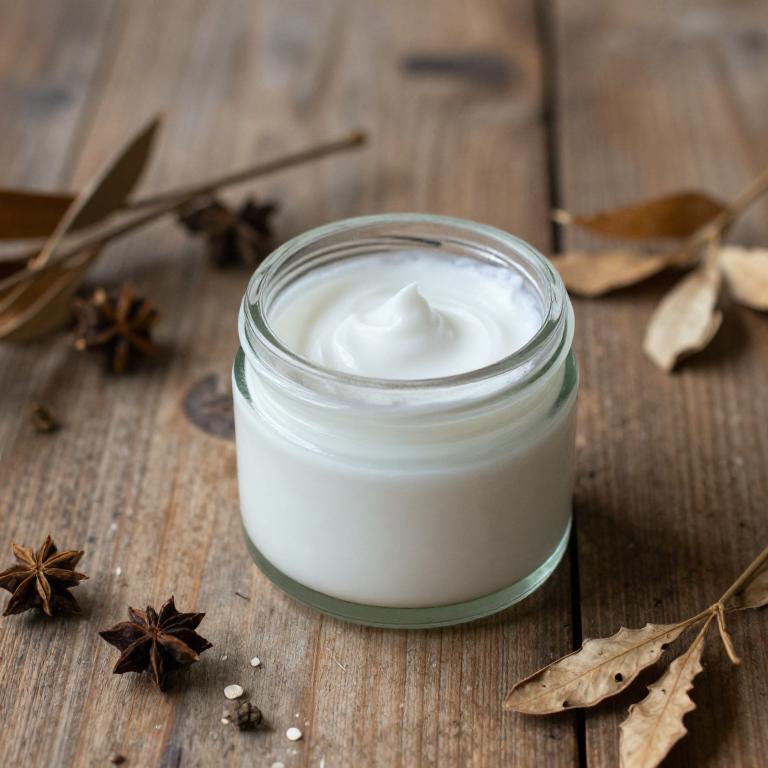
Cinnamomum zeylanicum, commonly known as cinnamon, is often incorporated into herbal creams for its antimicrobial and anti-inflammatory properties.
These creams are popular natural remedies for athlete's foot, a fungal infection that affects the feet, due to cinnamon's ability to inhibit the growth of fungi. The essential oils derived from cinnamon bark contain compounds like cinnamaldehyde, which have shown effectiveness against various fungal strains. When applied topically, these creams can help reduce symptoms such as itching, burning, and cracking associated with athlete's foot.
However, it is important to consult a healthcare professional before using cinnamon-based products, especially if the infection persists or worsens.
8. Lavandula angustifolia
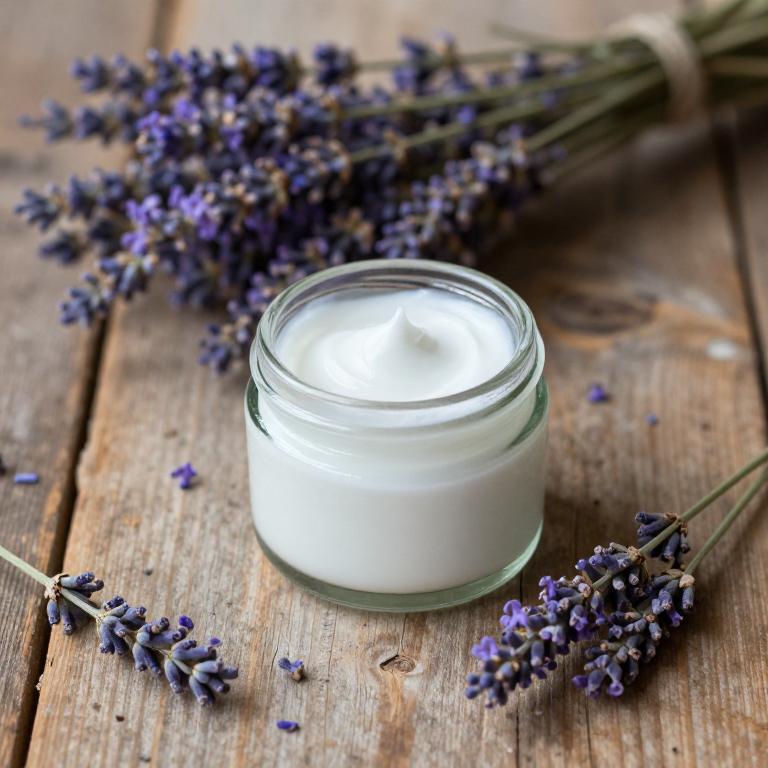
Lavandula angustifolia, commonly known as English lavender, is often incorporated into herbal creams due to its antimicrobial and antifungal properties.
These properties make lavender-based creams a natural alternative for treating athlete's foot, a fungal infection that affects the feet. The essential oils in lavender help to reduce inflammation and soothe the skin, providing relief from the itching and burning associated with the condition. Additionally, the pleasant aroma of lavender can have a calming effect, enhancing the overall experience of using the cream.
While lavender creams may not replace prescription antifungal medications, they can be a complementary treatment for mild cases of athlete's foot.
9. Equisetum arvense
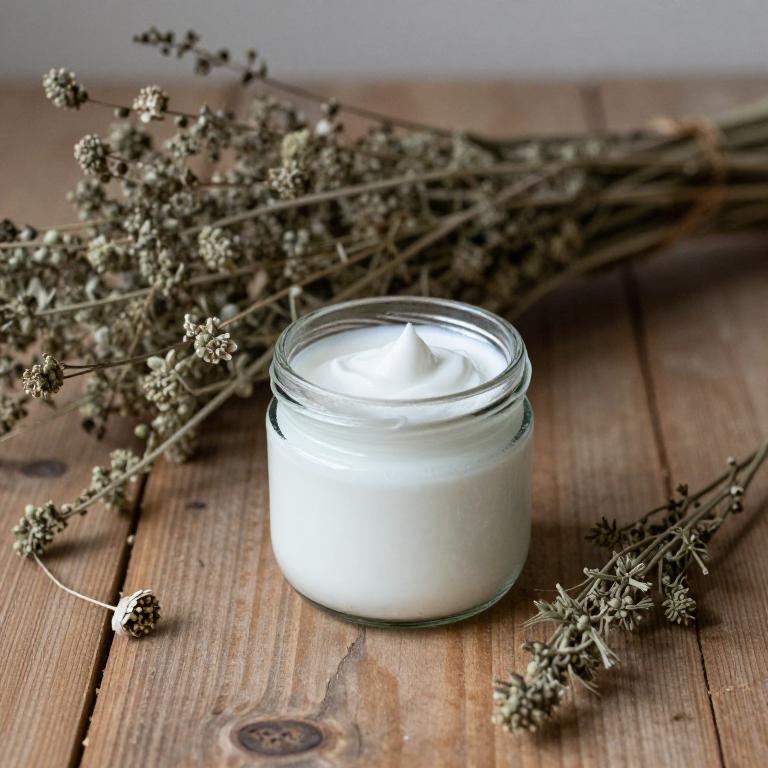
Equisetum arvense, also known as field horsetail, is a herbal remedy that has been traditionally used for its high concentration of silica and other bioactive compounds.
When incorporated into herbal creams, it can help reduce fungal infections such as athlete's foot due to its antimicrobial and antifungal properties. These creams often combine equisetum arvense with other natural ingredients like tea tree oil or coconut oil to enhance their effectiveness. The anti-inflammatory effects of the herb may also help soothe the itching and discomfort associated with athlete's foot.
While not a substitute for medical treatment, equisetum arvense herbal creams may offer a natural and complementary approach to managing the symptoms of this common fungal infection.
10. Achillea millefolium
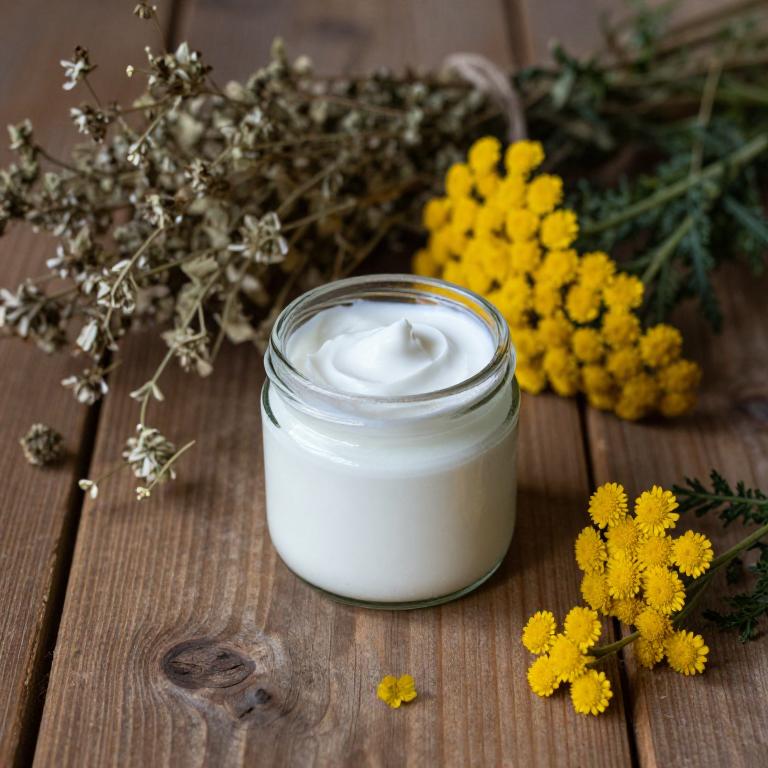
Achillea millefolium, commonly known as yarrow, has been traditionally used in herbal medicine for its anti-inflammatory and antifungal properties.
When incorporated into herbal creams, it may offer potential benefits for treating athlete's foot, a common fungal infection affecting the feet. The active compounds in yarrow, such as achilline and flavonoids, are believed to help reduce fungal growth and soothe skin irritation associated with the condition. However, while some anecdotal evidence supports its use, more scientific research is needed to confirm its efficacy for athlete's foot.
It is important to consult a healthcare professional before using any herbal remedy, especially if you have underlying health conditions or are taking other medications.